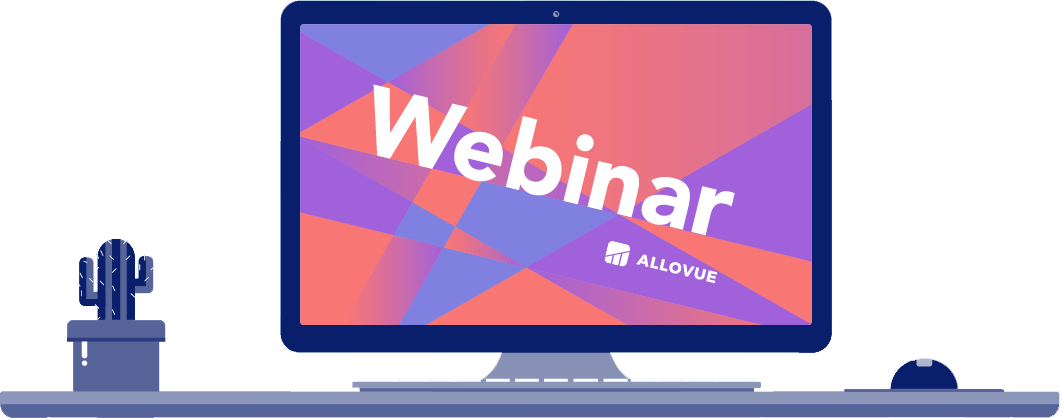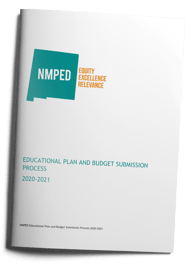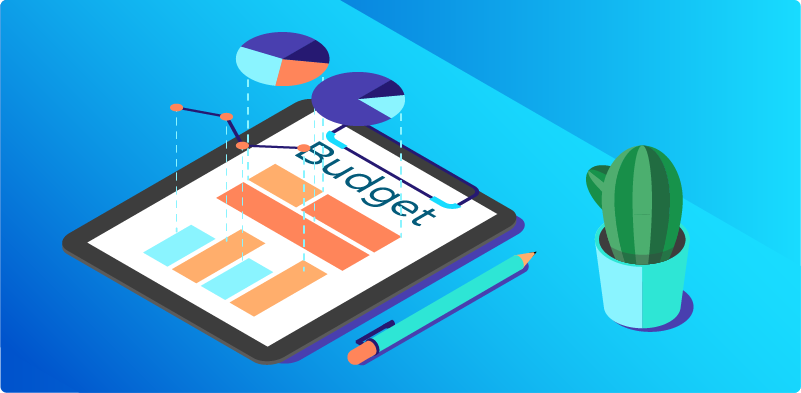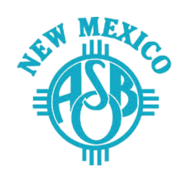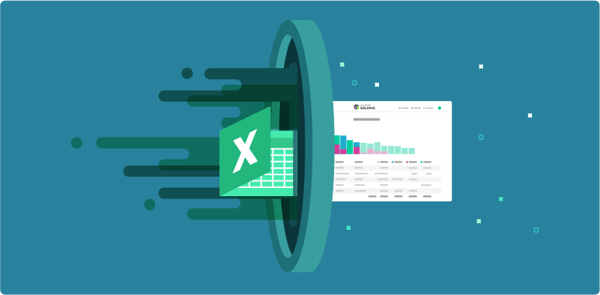| When evaluating a new tool, make sure it can do this ... |
... in order to meet this legislative requirement. |
| Does the system integrate with/use a district- or state-defined chart of accounts or are the accounting systems embedded in the system pre-defined? |
SB96: (1) be based on a standard chart of accounts that will enable comparisons between schools, between local education agencies and between SEC/SB 96 regional education cooperatives; |
| What can the system show? (For example, can the system filter or summarize costs by site?) Is the reporting flexible or static? Does a district or state have to pay extra to unlock features? |
SB96: (2) allow for the display of administrative costs of every school site and local education agency; |
| For whom or for what are funds budgeted? Can the system show budgeted dollars against actual spending? |
SB96: (3) make it possible to determine how school sites and local education agencies budget funds to support at-risk students, offer bilingual and multicultural educational services to students and support special education students; |
| Which data does the system use? Is it mapped to your general ledger/chart of accounts and can it include your full transaction journal? Can those actual expenses, including salaries and benefits, be displayed by site/cost-center? Can those be rolled up, filtered, aggregated and summarized? |
SB96: (4) make it possible to determine each local education agency's and regional education cooperative's actual expenditures, which shall include actual salary expenditures and actual benefit expenditures reported by job category specified in the standard chart of accounts at the local education agency level, at the school site level and, if applicable, at the regional education cooperative level; and |
| Can the system map to your chart of accounts and report out actual, current and historical expenditures for a given unit of analysis (e.g., school cost center, district office cost center)? |
SB96: (5) report the expenditures for each of the major categories specified in the chart of accounts for school sites and local education agencies. |
| How do you manage and track existing spending, particularly in state-identified instruction support categories 1000, 2100, and 2200, to inform budget planning?Can you easily create custom reports to manage, track, and identify whether spending at schools and in your central office aligns with state-identified areas of interest? |
SB1: Districts and Charters will track the current level of performance and desired targets over the next three years. Districts and charter schools should submit their performance targets in the District DASH using this form for letters (a)-(e) https://webnew.ped.state.nm.us/wp-content/uploads/2019/11/Webfiles-2019-Proficiencies-All-by-Stateby- District-by-School-by-Grade.xlsx. For letters (f)-(h) districts and charters will use information from their operational budget. (f) Percent of dollars budgeted (SEG) for instructional support budget category 1000 (g) Percent of dollars budgeted (SEG) for instructional support budget category 2100 (h) Percent of dollars budgeted (SEG) for instructional support budget category 2200. |
| Can your budget planning systems easily implement and/or update to include (and make required) program codes in order to track how budgeted dollars are spent and to make sure budgeted dollars are spent as intended and match the narrative in Educational Plans? |
SB1: In order to facilitate Operating Budget reporting in FY21, the PED is updating Supplement 3 of the Public School Accounting and Budgeting Manual of Procedures (see attached) to require school districts and charter schools use of program codes. Previously optional, these program codes are now required for Operating Budget submittals and required financial reporting (actual revenue and expenditures quarterly reports) in order to facilitate comparisons to narratives in your Education Plan. Additional updates have been made to reflect the required use of location codes for school level per-pupil expenditure (PPE) reporting required under the federal Every Student Succeeds Act. |
| Can budget planners, be they principals, district administrators, and/or finance staff, easily identify and access newly created program codes when planning school- and district-level expenses? Do staff need to look up new codes each time a new expense is planned? |
SB1: The PED has updated the description of at-risk program services to correspond to recent statutory changes, and has made the use of such expenditure tracking and reporting mandatory. The PED also revised Supplement 3 to establish three new program codes: 4025 At-Risk Special Programs – Activities for students with special needs designed to improve their ability to learn, but funded from at-risk funding sources; 4030 K-5 Plus Programs - Activities for students enrolled in programs related to the K-5 Plus Act (22-13D-1 NMSA 1978). 4040 Extended Learning Time Programs - Activities for an extended learning time program, as described in the PED-approved Education Plan, to include expenditures for programs under 22-8-23.10 NMSA 1978 |
| Can you manage and track dollars to ensure that resources aligned with your Education Plan are spent as intended? Can you manage and track dollars at the transaction level using sub account codes or custom tags? |
SB1: PED is looking to compare Operational sub fund expenditures tracked under the At-risk (4020) program codes to the narrative in the education plan to allow verification of expenditures for research-based or evidence-based social, emotional or academic interventions and services such as: (1) case management, tutoring, reading interventions and after-school programs that are delivered by social workers, counselors, teachers or other professional staff; (2) culturally relevant professional and curriculum development, including those necessary to support language acquisition, bilingual and multicultural education; (3) additional compensation strategies for high-need schools; (4) whole school interventions, including school-based health centers and community schools; (5) educational programming intended to improve career and college readiness of at-risk students, including dual or concurrent enrollment, career and technical education, guidance counseling services and coordination with post-secondary institutions; and (6) services to engage and support parents and families in the education of students. |





